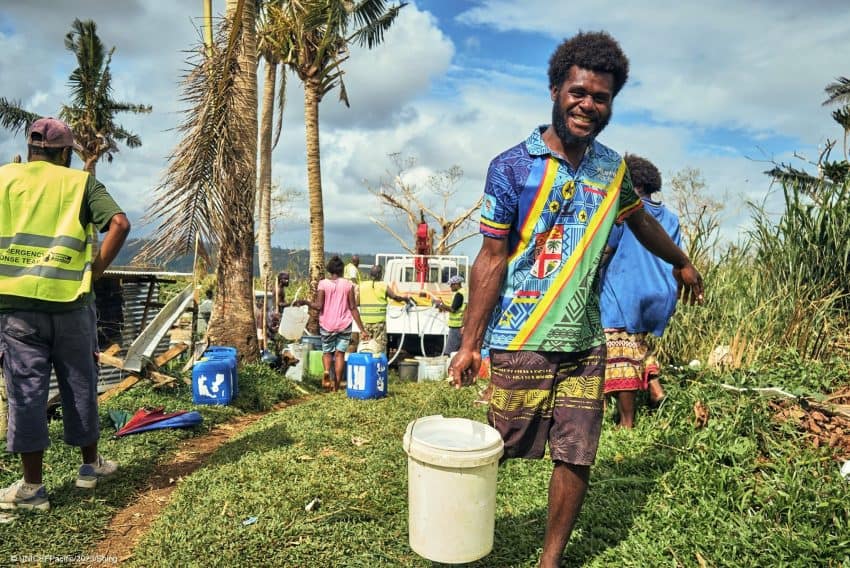Once again, people in Vanuatu are rebuilding their homes after two cyclones hit the nation in the first week of March. It’s a tragic reminder of the vulnerability of small island developing states and the way that human-induced climate change and natural disasters can set back livelihoods, health and well-being.
For many years, Pacific governments have been frustrated that traditional measures of development do not adequately capture these vulnerabilities. For the Organisation of Economic Cooperation and Development and multilateral development banks like the World Bank and Asian Development Bank, decisions about allocating development finance . . .
Please Subscribe to view full content...
